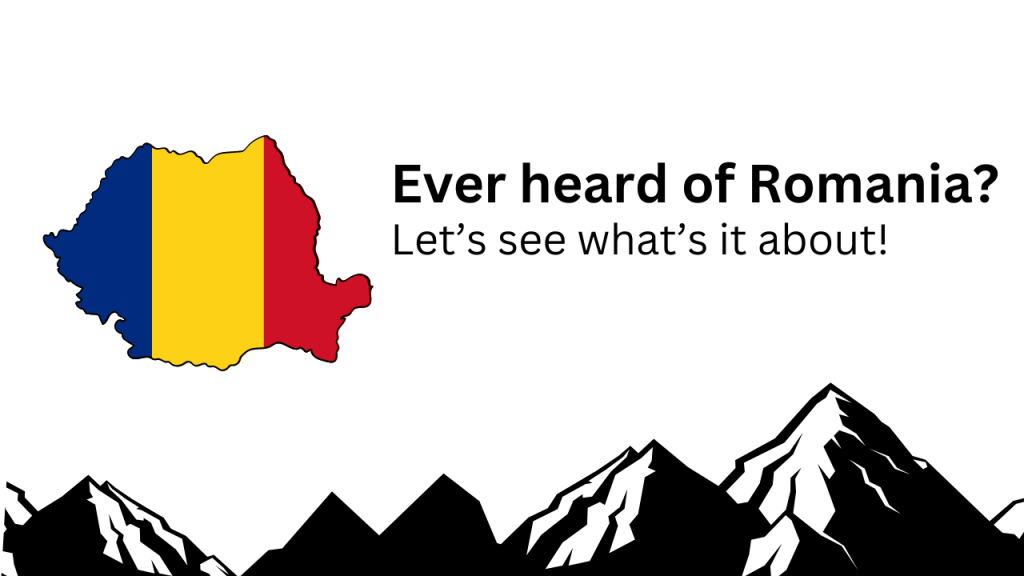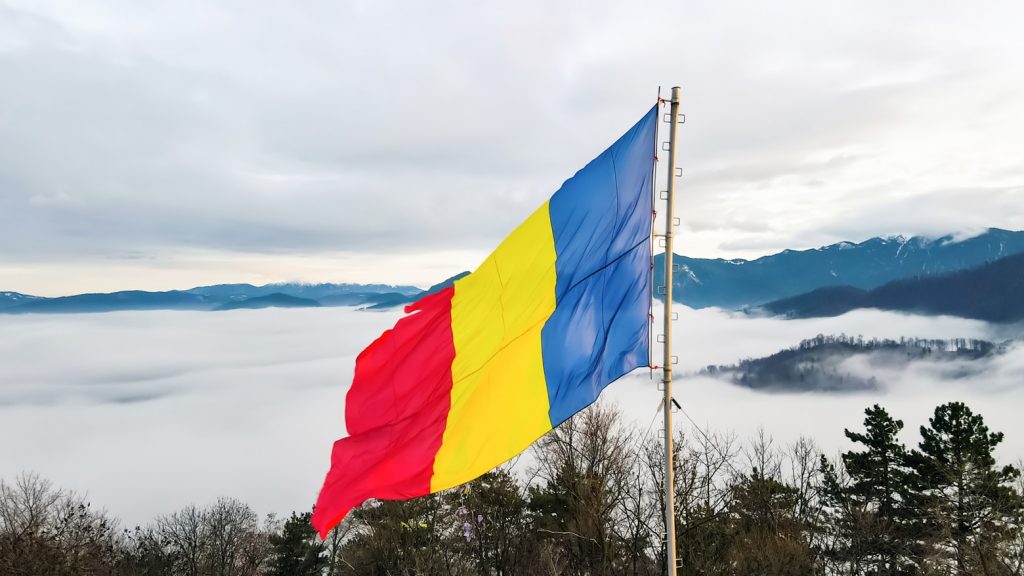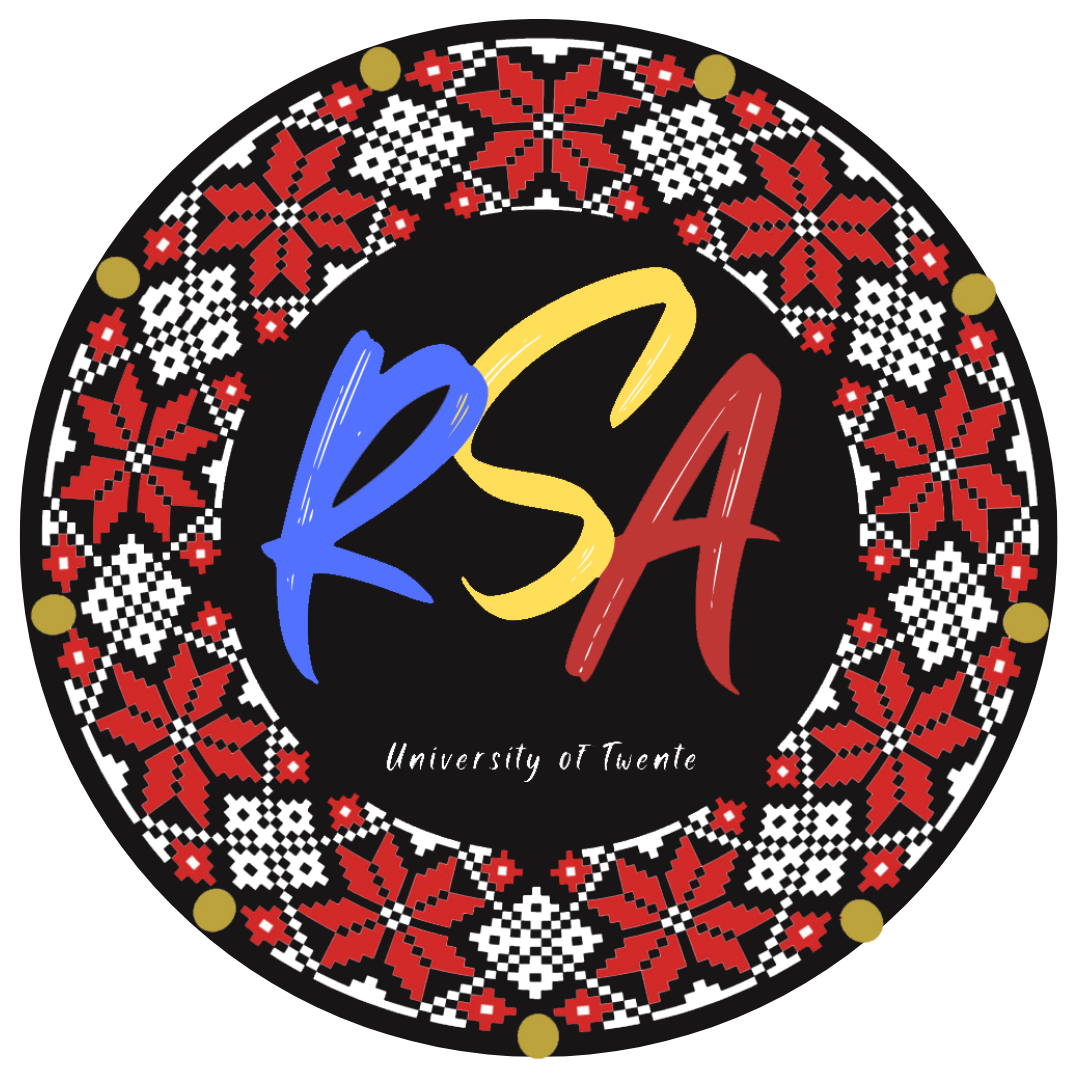
When discussing Romanian culture, it can be divided into several aspects, including history, traditional festivals, art, cultural heritage, and cuisine. Let’s start with the history part.
History
The history of Romania can be traced back to the year 106 AD. Their ancestors were the Dacians, who, after the conquest of Dacia by the Roman Empire, coexisted and merged with the Romans, forming the Romanian people. After experiencing multiple divisions and mergers, Romania officially unified in the 19th century. It’s worth mentioning that in Latin, Romania means “land of the Romans.” Other notable historical events include joining NATO in 2004 and joining the European Union in 2007, which have contributed to the Romania we see today.
Traditional Festivals
Some traditional festivals reflect Romanian’s religious beliefs, cultural traditions, and social values. For instance, Saint Andrew’s Day, which is Celebrated on November 30th is one of Romania’s traditional winter holidays. People celebrate by lighting bonfires and singing and dancing to ward off evil spirits. There are also Saint Nicholas Day, Saint Stephen’s Day and Saints Peter and Paul’s Day, which are celebrated on December 6th, December 27th and June 29th respectively. But there’s nothing more important than Easter, Easter in Romania is a time of religious reflection, celebration and cherished traditions that put families and communities together through celebration and gathering. Romanian Easter usually falls in the middle of April each year and is celebrated during this time. Celebrations include midnight Easter ceremonies, Easter egg hunts and Easter Sunday feasts.
Art
Romania demonstrates its rich and varied cultural heritage and creativity in the arts, reflecting its unique historical and national character. In terms of folk art and traditional crafts, they have traditional weaving, embroidery, pottery and wood carving, whose elements include local culture and religion. On the other side, in contemporary art Romanian artists use different media and styles to express their thoughts on contemporary social, political and cultural issues. These works of art demonstrate their creativity and imagination. Romania is also rich in literature and poetry, with many writers and poets depicting Romanian history, culture and social life through their works. Among them, Mihai Eminescu is one of the most famous Romanian poets, whose works are considered national treasures of the country, such as The Lake and Luceafărul.
Cultural heritage
Literary works, traditional handicrafts, and traditional festivals mentioned above can all be categorized as part of Romania’s cultural heritage, so this section is dedicated to Romania’s historic buildings. Romania’s historic buildings attract visitors and art lovers from all over the world to appreciate and explore them, not only as witnesses to Romania’s history but also as a precious heritage of art and architecture. These buildings include Bran Castle, Peleș Castle, Corvin Castle and the Palace of the Parliament. Notable among them is the Palace of the Parliament, which is also known as the People’s Palace, it ranks as the second largest executive building in the world, after the Pentagon in the United States. It was originally designed to house government functions and the headquarters of the Romanian Communist Party, but today the People’s Palace serves as the seat of the Romanian Parliament. It includes the Senate and the House of Representatives, various meeting rooms, offices and auditoriums. But the most important is cultural impact, it symbolizes Romania’s history, resilience and architectural skills, and has its place in Romanian history. When you go to Romania, don’t forget to visit it!

Cuisine
Romanian traditional cuisine represents the richness of the country’s culinary culture and combines a wide range of flavours and ingredients, which sets it apart from others. There are so many traditional cuisines including Sarmale, Papanași, Mici, Ciulama de pui and a lot more. One of the most famous cuisines is Sarmale, it is a beloved dish that graces the tables of every traditional Romanian wedding and fills the air with its tantalizing scent during the festive Christmas and New Year holidays. It consists of minced meat (typically pork, occasionally with poultry), seasoned rice, and onions, it’s carefully wrapped in sour cabbage leaves. These parcels are then simmered for hours in a special sauce crafted from sauerkraut juice, tomato juice, and an array of secret ingredients. This is a must-eat in Romania.
Follow us for more insights and join our events!
Reference
- Romania | Flag, Capital, Population, History, Map, & Facts. (2024, April 13). Encyclopedia Britannica. https://www.britannica.com/place/Romania/Cultural-institutions
- SemiColonWeb. (n.d.). ROMANIA History, timeline and important historical events. https://www.romaniatourism.com/history.html
- rolandia. (n.d.). Saint Andrew – the protector of Wolves. Rolandia. https://rolandia.eu/en/blog/romanian-myths-legends/saint-andrew-the-protector-of-wolves
- Stedelijk Studies. (2023, October 16). Reenacting the Past: Romanian Art since 1989 – Stedelijk Studies. https://stedelijkstudies.com/journal/reenacting-the-past-romanian-art-since-1989/
- Stamper, P. (n.d.). The 10 best historic sites in Romania. History Hit. https://www.historyhit.com/guides/historic-sites-in-romania/
- Today, V. B. (2023b, October 10). The Palace of Parliament. Visit Bucharest. https://visitbucharest.today/palace-of-parliament/
- Today, V. B. (2021, May 21). Top 10 Traditional Romanian dishes. Visit Bucharest. https://visitbucharest.today/top-10-traditional-romanian-dishes/
- Serban, A. (2024, March 19). Top 10 Romanian Foods – Most popular dishes in Romania. Chef’s Pencil. https://www.chefspencil.com/top-10-romanian-foods/
